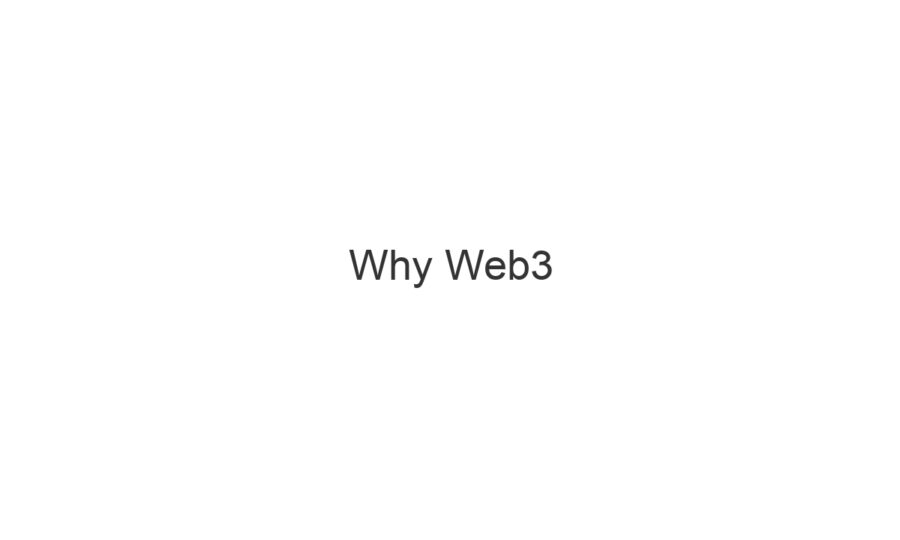With the primaries heating up; BuzzFeed announcing a political native ad offering and Borrels $1b estimated spend on digital for the election. We thought we’d mix it up by focusing on Politics.
We look at, what’s changed since the last election, answering the question has native been done in politics before? Approaches to native from experts, measuring success, tips and take a look at the potential risks. As well as, our Campaign of the Week.
We hope you appreciate our special edition of This Week in Native ads. -Ben
What has changed since the last election?
- Candidates need full content studios to deliver volume required. The Hill: Welcome to the social media election.
- Candidates will take more selfies than ever before. New York Times: Facing a Selfie Election
- Instagram, Periscope, Snapchat, all offer opportunities. Why social media could swing the election
- Native is now the norm, and mobile is ever more present, with the average person spending 3 hours and 40 minutes/day
Has it been done before?
- In October 2014, Obama for America became the first political campaign to advertise on Buzzfeed. Buzzfeed supported Obama with Paid Content.
- Funny Or Die, has certainly had its hands in the political content pool, remember the Paris Hilton John McCain parody video? And they’re resourced for the next election. FunnyOrDie: Paris Hilton responds to McCain ad
- We’re expecting more from Politico, who launched Focus, an in-house and data studio, to enter the field of branded content. Digiday: How Politico crafts branded content with political agenda. Digiday: How Politico crafts branded content with political agenda.
- TheOnion did a cheeky response to the Scientology piece: The Taliban is a Vibrant and Thriving Political Movement.
If you were the campaign manager for one of the candidates, how would you leverage native advertising?
We reached out with the following question to get some expert opinions on the matter:
Kevin Flood, CEO at Powerlinks:
“I’d say “Bernie Sanders has been getting some phenomenal social buzz, with over 400,000 mentions on Tuesday night. Press coverage of poll data shows his rating overtaking Clinton and his rivals, contrary to expectations from political commentator.
Bernie could use native advertising to amplify his earned media and maximize the reach of his stream of positive content. He’s already been using promoted tweets pretty effectively and his team seem to be responsive to trending topics in near real-time.
Bernie also has a wealth of video content on his website, addressing the hot topics of welfare, health and the environment. With the contextually relevant targeting, he could surface this content with ads around breaking news and topical editorial.”
Joe Lazauskas, Editor in Chief Contently
If I were Bernie or Hilary and looking to increase my youth turnout, I’d definitely think about using BuzzFeed Studios. I’d trust their ability to produce something that’s truly compelling and viral to young voters, and to distribute it effectively on the platforms (Snapchat, Facebook, Instagram, etc.) where those potential voters actually spend their time.
Relevant link:
Nate Gosselin, Product Marketing at ShareThrough
First of all, all native ads (for politics or not) need to be obviously disclosed as ads, with clarity around who is promoting the story.
1) Distributing live-from-the-campaign-trail content (vine, instagram) to humanize the candidate while also sharing their viewpoints.
2) Everyone loves how-to content, either in video or article form. You could still distill key platform planks into NowThisNews-style short-form video to clearly state the candidate’s position in a snackable form.
3) Promoting favorable reviews from key journalists or opinion papers that align with core campaign beliefs.
Hollie-Blue Allum, VP of Accounts Nudge
“I see a gap in publisher collaborations. Social is a great way to get across a video and a snappy point of view but it’s unlikely on its own that it will drive or change perceptions.
More one off pieces with premium publishers would give the politicians more space to articulate their points and when done in the right format with the right publisher – really educate and encourage voters.”
How do you measure success?
- Attention Metrics are a must for uncovering if the politician’s message is being read and changing audience perception. Nudge: A closer look at attention metrics
- Keep an eye on your content distribution to uncover which platforms are bringing in the highest quality traffic. Don’t waste money on an uninterested audience. Nudge: Beyond the Click
What are the risks?
- Disclosure is important within this category. You don’t want to trick readers and end up alienating voters. Nudge: Striving for an Effective Disclosure for Custom Native Ads
- Picking the wrong publisher/audience. Don’t expect one piece of content to work across multiple sites. You need to work with the publisher to understand the tone of the publication and audience demographics to craft the right message.
- The wrong metrics. Don’t just get caught on engagement. To really change audience perception you need to also look at metrics such as average attention minutes and average scroll to see if readers were spending time reading or listening to a politician’s message. Nudge: Engagement & Attention – You need both
- Not being upfront. It’s best to de-risk by being upfront with the headline, the secret of content is only those that are interested will read it. So be upfront, bring people in and persuade them.
Campaign of the Week:
The Ascent: Political Destiny and the Makings of a First Couple
Our favorite faux political native ad for House of Cards. This could easily be the real deal.
Source: The Atlantic
And as a final thought, I can’t wait to see TheOnions take on a serious political ad. But the opportunity is wide open and unchartered at present.
Regular service will resume next week, and we’ll keep you up to date as more follows in native.

|
|---|





